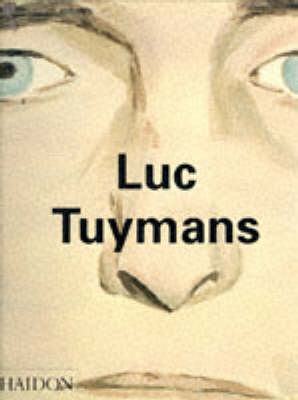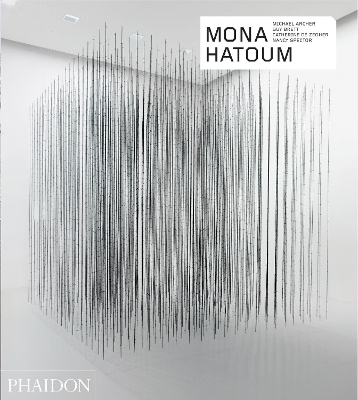Phaidon Contemporary Artists
2 total works
Luc Tuymans
by Ulrich Loock, Juan Vicente Aliaga, Nancy Spector, and Andrei Platonov
Each title offers a comprehensive survey of the artist's work, providing analyses and multiple perspectives on contemporary art and its inspiration.
A revised and expanded edition of one the most popular titles in the Contemporary Artists Series
Born in Lebanon, Palestinian artist Mona Hatoum was exiled to London, where she has lived and worked since the mid-1970s. Through performance, video, sculpture, and installation, she creates architectonic spaces that relate to the body, language, and the condition of exile as well as transforming everyday, domestic objects into things foreign, threatening, and dangerous. Often exquisitely beautiful, Hatoum’s works combine states of emotion and longing with the formal simplicity of Minimalism, creating powerful evocations of displacement, denial, and otherness.

